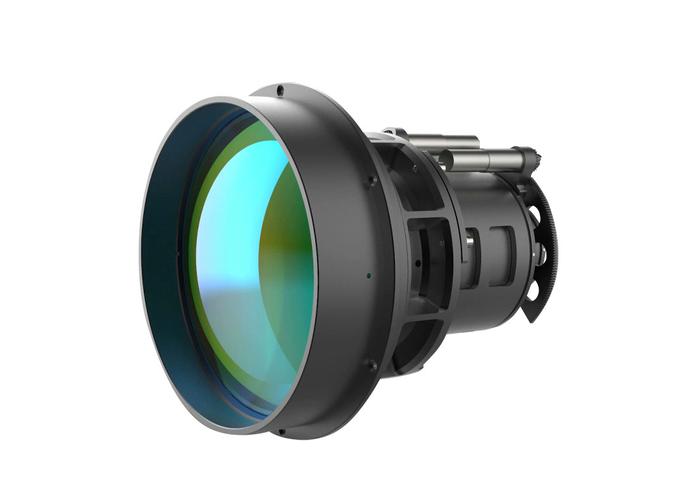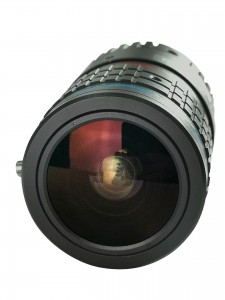The difference between IR lens and ordinary lens
When the ordinary lens uses infrared light at night, the focus position will change. Makes the image blurry and needs to be adjusted to make it clear. The focus of the IR lens is consistent in both infrared and visible light. There are also parfocal lenses. 2. Because it will be used at night, the aperture should be larger than that of ordinary lenses. Aperture is called relative aperture, represented by F, usually a large f, which represents the relationship between the effective diameter of the lens and the focal length. The smaller the value, the better the effect. The greater the difficulty, the higher the price. The IR lens is an infrared lens, which is mainly used for night vision, and is most commonly used in surveillance cameras.
IR lens
After the ordinary CCTV lens is accurately adjusted during the day, the focus will shift at night, and it has to be repeatedly focused during the day and night! The IR lens uses special optical materials, and multi-layer coating is applied to each lens unit to maximize the impact of day and night light changes. No need to repeatedly adjust IR lenses is another important development area for imported lens products in recent years, which is to meet the market’s demand for 24-hour monitoring. With the increasing complexity of social security, people not only require cameras to be able to complete surveillance tasks during the day, but also to be able to be responsible for night security work, so the application of day and night cameras will become more and more popular, and IR lenses are a good helper for day and night cameras .
At present, China’s day and night camera products mainly use infrared filters to achieve day and night conversion, that is, open the filters during the day to block infrared rays from entering the CCD, so that the CCD can only sense visible light; under night vision, the filters stop working , It no longer blocks infrared rays from entering the CCD, and the infrared rays enter the lens for imaging after being reflected by objects. But in practice, it often happens that the picture is clear during the day, but the picture becomes blurred under infrared light conditions.
This is because the wavelengths of visible light and infrared light (IR light) are different, and the different wavelengths will lead to different positions of the focal plane of the imaging, resulting in virtual focus and blurred images. The IR lens can correct spherical aberration, allowing different light rays to focus on the same focal plane position, thus making the picture clearer and meeting the needs of night surveillance.
Post time: Mar-09-2023


